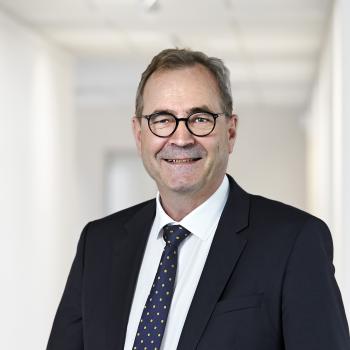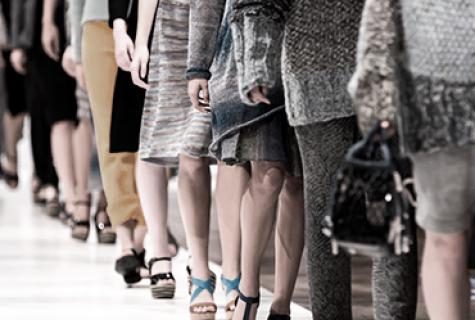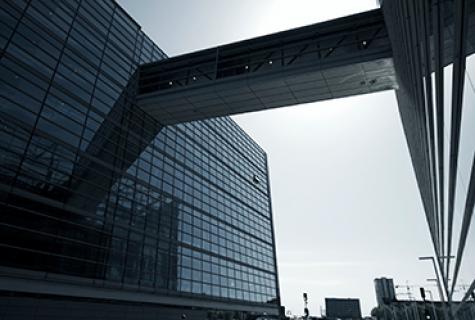WHAT HAPPENS IF INTELLECTUAL PROPERTY RIGHTS ARE INFRINGED IN DENMARK?
Sanctions for the infringement of intellectual property rights would vary between different types of intellectual property. In most cases, infringements would give rise to both criminal and civil liability. The mean of preventing infringements in Denmark were improved by the introduction of an act which confers upon the holder of intellectual property rights the power to carry out civil law searches of premises (infringement investigation), including searches for counterfeit goods, in order to secure evidence. If there are reasonable grounds for suspecting that someone has committed an infringement, the court may order a search for objects or documents deemed to be of importance to the proceedings. This enforcement tool is valuable and unique to the rightful holder when enforcing his/her rights in Denmark.
PATENTS
A patent would protect technical inventions and provide its owner with the exclusive right to exploit the invention for a certain time. Patents would be protected against competitors by registration.
The right to a patent would belong to the inventor or his/her successor(s) in title. The Danish Patent and Trademark Office may only grant patents upon application and registration. An application shall contain a full description of the invention, including any drawings, a claim of the invention that the applicant wants to protect, and an abstract, etc. The Danish Patent and Trademark Office would conduct an initial formal examination of the application. The applicant would receive a preliminary finding from the Danish Patent and Trademark Office, stating whether the invention may be patentable.
A patent may only be granted in respect of a new invention. The requirements in Denmark are the same as for European patents, i.e. they are based on the principle of absolute novelty. In general, the patent shall be granted for any invention that could be applied in industrial use, is new, and would involve an inventive step. The maximum duration of a patent would be 20 years from the application date.
TRADEMARKS
Trademarks would be protected against competitors by registration or use.
Exclusive protection of trademarks may be obtained either by registration with the Danish Patent and Trademark Office or by proprietary use. It normally takes up to half a year to register a trademark. The requirements for making an application for the registration of a trademark would be as follows: a combination of words, letters or numerals, drawings, symbols, etc, a declaration of the goods or services, and a list of the classes for which protection is requested.
The Danish Patent and Trademark Office would examine whether the application complies with formal requirements, such as classification, the distinctiveness of the trademark, and any potential conflict with prior trademarks, names, trade names, etc. Third parties could object to the application within two months from the day when the application was published. The duration of the protection would be indefinite but subject to renewal every 10 years. A trademark registration may be cancelled if the trademark has not been used for the last five years and the registrant is unable to show any valid reason for not having used the trademark.
COPYRIGHT
The types of works that copyright would protect are literary works, e.g. novels, newspapers, and computer programs, and artistic works, e.g. paintings, drawings, photographs, sculptures, and works of architecture as well as industrial design, etc. Copyright is an unregistered right which is established once the requirements of copyright are fulfilled.
The protection of copyright would not depend upon formal procedures. The work would be protected by copyright as soon as it is created and is sufficiently original. The author’s work would be protected when it is created. The author may assign the financial rights to his/her work but not the moral rights, which would always remain with the author. Copyright protection would normally last throughout the author’s lifetime plus 70 years. In respect of neighbouring rights, such as rights of performers, producers of sound recordings, and broadcasting organisations, the protection would last for 50 years from the day of creation.
DESIGNS
Protection could be available for a product resulting from its aesthetic aspects or its ornamentation. A design refers to the appearance of the whole or a part of a product resulting from the features of the lines, contours, colours, shape, texture, and/ or materials of the product itself and/or its ornamentation. The registration of designs would normally serve as protection against competitors’ abuse.
Designs meeting certain requirements may also benefit from protection even without prior registration (unregistered Community designs). A design would be protected by law to the extent that it is new and has an individual character.
An application for registration with the Danish Patent and Trademark Office should contain, inter alia, personal details about the applicant, an indication of the products in which the design is intended to be incorporated or to which it is intended to be applied, and illustrations of the design. Applicants would be permitted to combine multiple variations of the same design in a single application.
The Patent and Trademark Office would assess whether the application complies with formal requirements. Apart from that, the Danish Patent and Trademark Office would only examine whether the design for which protection is applied for falls within the definition of design and that it is not contrary to public policy or accepted principles of morality. If the application is accepted, it would be open to objection for two months.
Registered designs would be protected for five years and renewable for another two five-year periods. Denmark is a signatory to the Paris Convention and the Locarno Agreement.
CONFIDENTIAL INFORMATION AND TRADE SECRETS
Confidential information and trade secrets are governed by the protection of the Danish Trade Secrets Act, which prohibits abuse and disclosure of trade secrets and associated activities, e.g. corporate espionage and unauthorised commercial use. Corporate espionage would be punishable by imprisonment, but unauthorised commercial use would only give rise to civil liability in the form of damages. However, the law does not reduce the necessity of confidentiality agreements between business parties.
Active in litigation relating to all areas of IP law, with a particular focus on the life sciences sector and trade mark matters. Assists with contracts as well as contentious cases. Offers cross-border capabilities with a focus on the Nordic and wider European markets.













